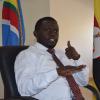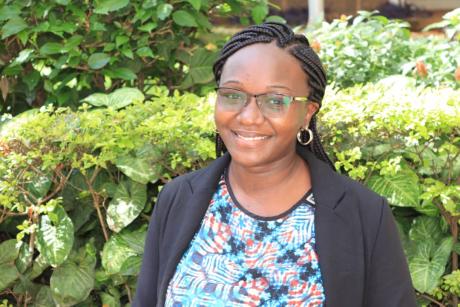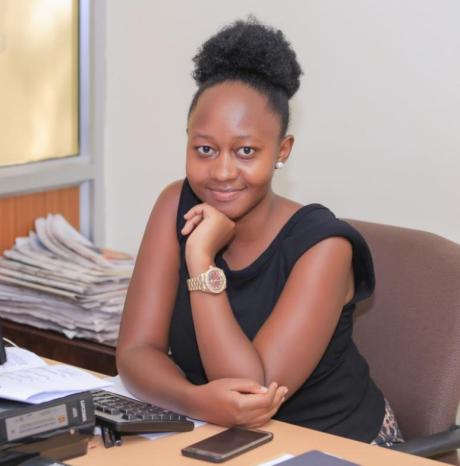By DOROTHY MUHAWE
Education is the greatest equalizer of our time. It gives hope to the hopeless and creates opportunity for all.
In pre-colonial Uganda, there existed a systematic indigenous education method of imparting knowledge and skills to children.
With this, each society passed values to young women and men.
Learning was at homestead level with “classes” being around fireplaces at night where elders gathered and told stories of conquest, chivalry, and nature to the young. “Classes’ ‘ were also given in the kitchens, or while out hunting or grazing. Each lesson was therefore tailored to an individual’s cultural role.
With the arrival of missionaries in the 1880s, came the concept of European-style education. This was mainly through “Church schools”. This culminated in the formulation of primary school education circa 1897.
As this European-style education took hold, the colonial administration realized that there was a need to come up with and regulate both the syllabi AS well as the Standard of Schools. Management of “Church” schools such as at St. Joseph’s Nyamitanga was however left to the Missionaries who had set them up.
At independence in 1962, the education sector in Uganda faced rapid changes. The structure was developed to cover both formal and informal education with the system mainly being formal from primary level, secondary level, and university.
To ensure that each Ugandan child is able to access education, the government under the leadership of H.E. Yoweri Kaguta Museveni announced that from January 1997 four children of school-going age would benefit from free primary education -Universal Primary Education.
With the introduction of UPE, the number of school-going children increased creating a bigger concern as many couldn’t continue with the secondary level. The government, therefore, in 2007, introduced Universal Secondary Education (USE).
By 2016, universal secondary education accounted for nearly a third of all secondary school students.
In 2017, president Museveni launched The Presidential Initiative On Skilling Girl Child Project. This project is equipping girls with skills in tailoring, hairdressing, etc.
The boy child too has not been neglected. A presidential initiative to skill the boy child in technical skills of motor vehicle mechanics, welding, plumbing, carpentry, and masonry is now operational.
In 2018, the ministry of education and sports launched the Strengthening Education System for Improved Learning Program (SESIL) to improve the quality and equity of measurable learning outcomes at the lower primary levels.
University education has also markedly changed. 30 years after 1962, Uganda had only Makerere University. This changed when the government decided to co-opt the private sector into our education space. This co-option saw the establishment of the very first private university in Uganda – Uganda Martyrs University. Like some of the schools of old, this too was set up by the Roman Catholic Church.
Today, there are at least 25 Universities in Uganda, including the University of Military Science and Technology at Lugazi established by Uganda Peoples’ Defence Forces.
These admirable strides in our education space have seen Literacy levels move from about 47% in 1989 to 73.21% in 2010 to 76.53% in 2018. (World Bank Report 2018).
Today, the government through the Ministry of Education and Sports, continues to work towards further modernizing our primary, secondary, and vocational and universities syllabi to meet current and emerging local and global challenges.
Challenges of rising education costs at all levels of our education structure are being systematically addressed through engagement with school owners (private sector), parents (through Parent Teacher Associations) among others.
Government, in the schools, colleges, and universities it owns, continues to invest both in infrastructure improvements as well as in teacher training. Indeed the Uganda Inter-Government Fiscal Transfer Programme and Uganda Secondary Education Expansion Project have seen many new schools built at sub-county levels.
Increased education access to Ugandans has led to social and economic transformation. This transformation can best be viewed in the rise of a competent and skilled local labor force in all sectors of our economy.
The education sector in Uganda continues to thrive. It remains an integral part of the National Resistance Movement-led government’s plan to further propel Uganda into a modern and prosperous state.
Like Gandhi taught us, “Education is the basic tool for the development of consciousness and the reconstitution of society”. This is why, thanks to these strides in our education sector, this year’s Liberation day theme is a relevant one.







Comments